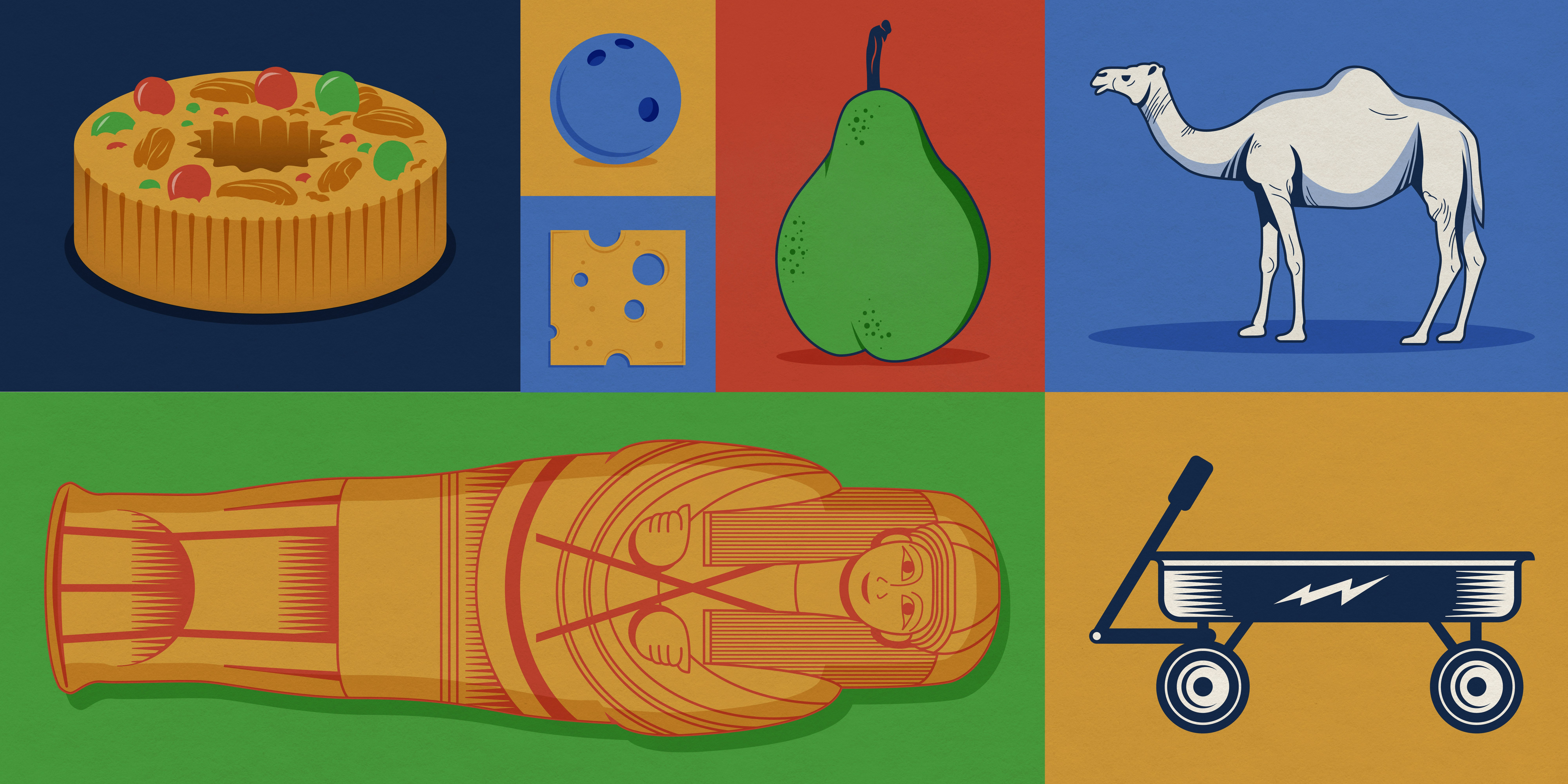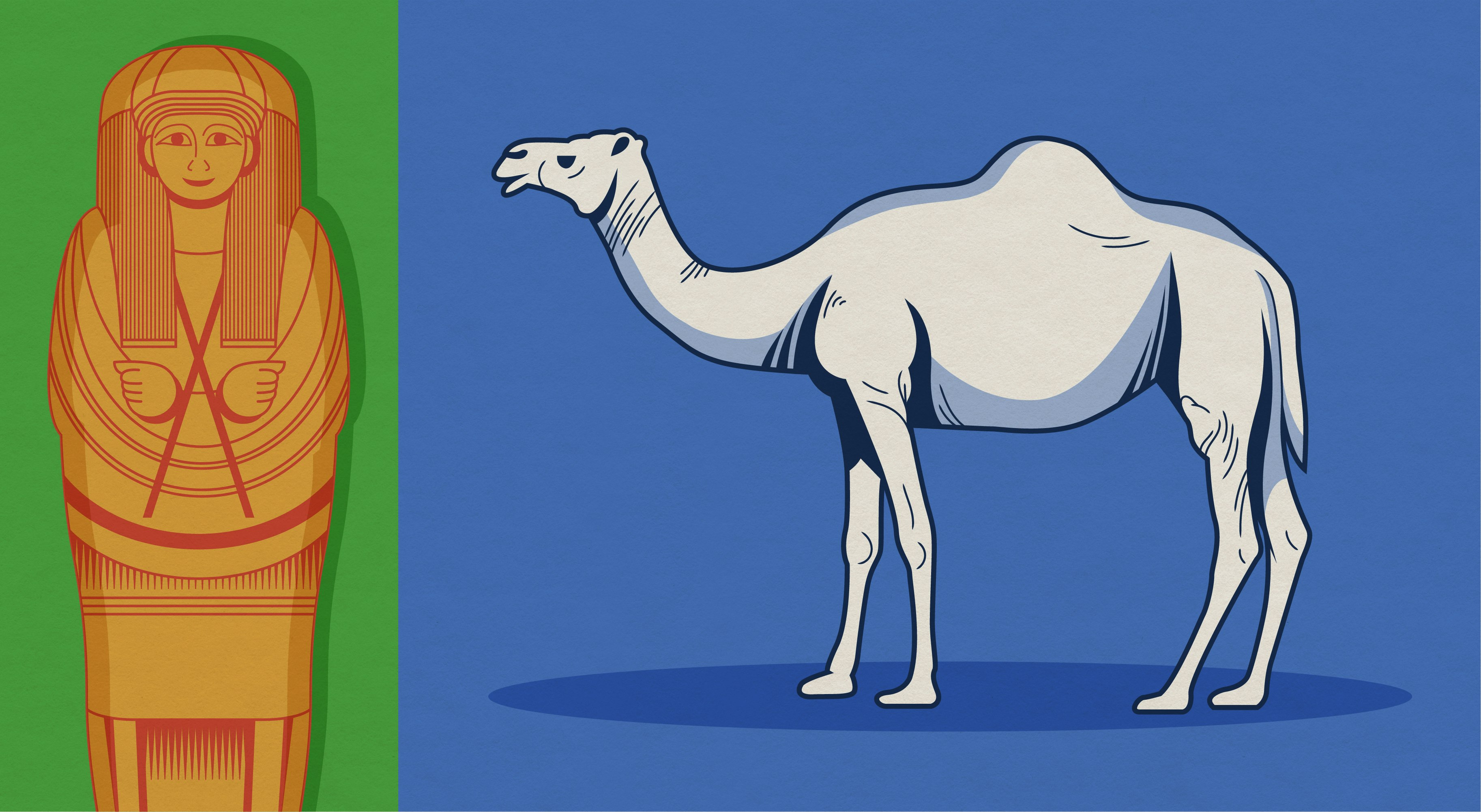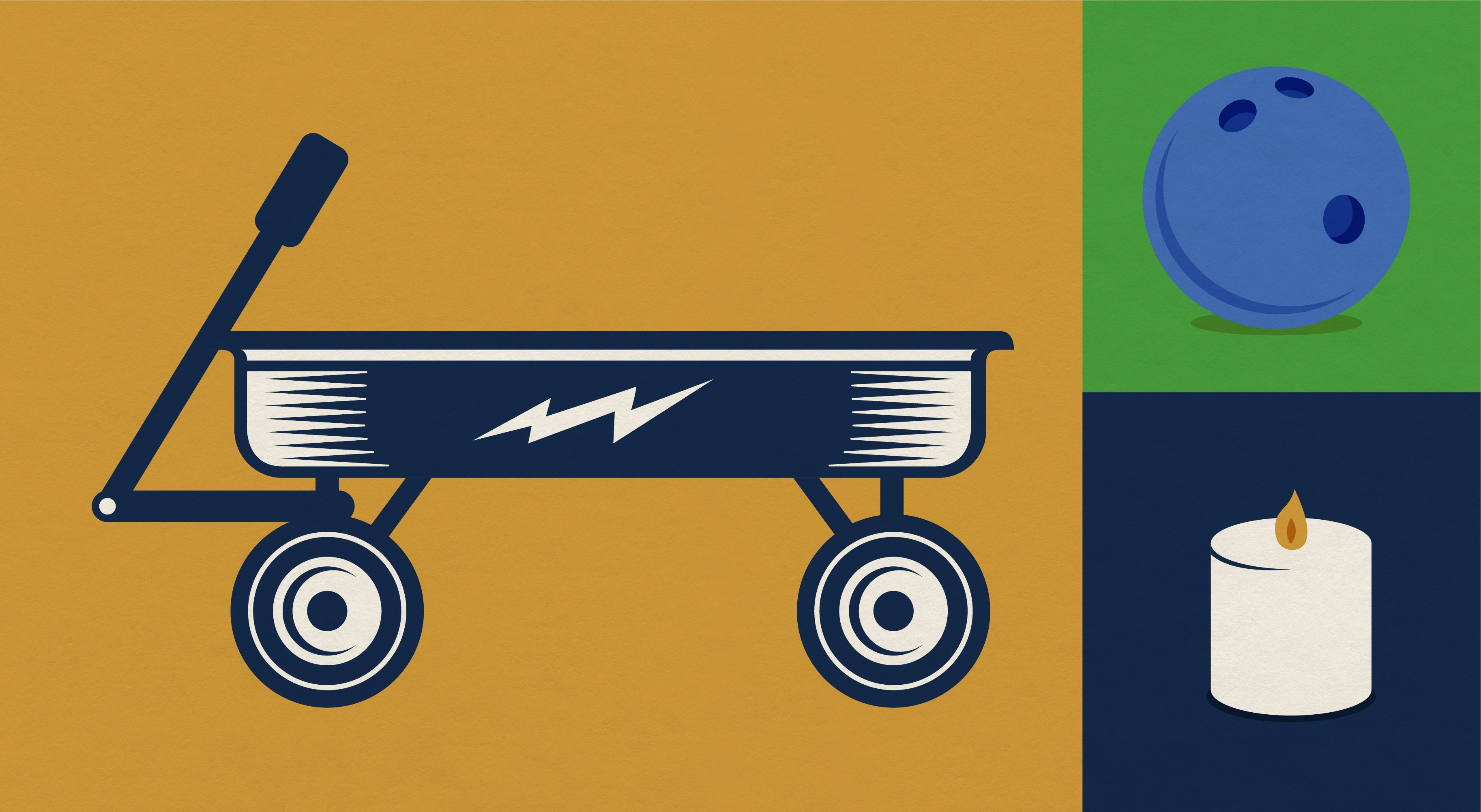
On bouncing back
How to Position Your Business for a Strong Recovery From the Downturn
Ask yourself: What’s the story I want to tell about my business at the end of this?
No two-day shipping here
Four nostalgic stories about the holiday catalog heavyweights of pre-ecommerce yore.

Whenever I think about shopping, I almost automatically head to Amazon to browse, and I know I’m not the only one.
The site has revolutionized American retail and, these days, it’s almost impossible to avoid it. In fact, today’s consumers now spend over half of their holiday budgets online—and nearly half of those purchases are with Amazon.
The online retailer’s free Prime shipping program further encourages these consumer choices: during the fourth quarter of 2018, more than one billion Amazon items shipped for free with Prime—in the U.S. alone. And, as the extent of the environmental and human toll of these habits becomes more evident (cheap, single-use items qualify for free shipping and Amazon warehouses are reportedly unsafe for workers) many shoppers are beginning to seek out more ethical alternatives.
And yet, Amazon has clearly made shopping simpler and easier. Alexa even delivers last-minute eggnog recipes and queues up classics like “All I Want for Christmas is You.” But the allure of the nostalgic, dog-eared holiday catalog lives on. For two years now, in a nod to the way we’ve shopped for the holidays for over a century, Amazon has produced a toy catalog for the digital age: no prices, just QR codes that connect to item listings.
The humble mail-order catalog was once as disruptive as Amazon: it triggered a retail revolution in modern consumerism. And it’s clearly still powerful. As direct mail marketing continues to hold its own against its digital descendants, the Amazon toy catalog suggests it’s not yet time to rule catalogs out. Much as indie bookstores have continued to thrive in the Amazon era, modern-day catalogs are yet another sign that e-commerce may not entirely disrupt our consumer traditions.
This may be, in part, because mail-order catalogs have a surprisingly powerful hold in our cultural imagination. Catalog brands are woven into the stories we tell about American life in the 20th century (and, clearly, beyond).
As a nod to the catalogs of holidays past, we’ve rounded up four stories about the catalog heavyweights we used to go to for holiday gift-giving in the decades before Amazon—and even e-commerce—existed. After all, these companies have become fond fixtures in the consumer landscape and part of warmly remembered holidays past in ways that Amazon can only hope to be.

Fruitcake gets a bad rap. A radio station once used them as shuffleboard pucks. One Colorado town cherishes its annual fruitcake catapult toss. But one Lone Star State bakery makes a fruitcake so renowned that a customer in Norway once addressed her order to “Fruitcakes, TX”—and it arrived at the bakery. Collin Street Bakery’s online catalog archive boasts famous fans. People magazine called them the “Dom Perignon of fruitcakes.” And they ship three million pounds of the stuff to 196 countries each year.
The bakery first launched their mail-order service in 1914 at the behest of traveling circus performers. In the late 1940s, new owners scaled it into a bustling empire. The McNutt family’s Deluxe Fruitcake has since been its bread and butter. The company was quick to adopt new technologies, including the FAX machine (1986) and the Internet. (Fruitcake.com launched in 1995.) But the catalog lives on, with a circulation over over ten million a year. The guarantee hasn’t changed: "the best you have ever bought, baked, or eaten, or your money back” (and you don’t even have to return it).

Their entry into the mail-order industry famously saved Harry and David Rosenberg’s flailing family pear orchard. In 1934, a Madison Avenue adman had them send complimentary boxes to fifteen Manhattan executives—along with a note that "America's rarest fruit" was a great corporate Christmas gift. In two days, they received over 450 orders. The next year, they sent a mailer to the executives who had been their first customers—and to each of the last year’s recipients. The gambit worked.
In 1937, Harry & David’s Fruit of the Month Club began shipping grapefruit, nectarines, peaches, apples, and grapes at the height of seasonal ripeness. "These gifts create excitement and praise for you the whole year through... and it's all so easy," declared one vintage ad. "Stop sending commonplace gifts that are available everywhere!" Today, you can choose from the Organic, Signature, and Presidential Fruit Clubs—or monthly shipments of cheesecake, steak, wine, cheese, and English muffins, among others. Today, the Harry & David gift box is still a cultural symbol of the Christmas season—and almost certainly the inspiration for the subscription boxes that have become so popular over the last few years.

This Dallas-based luxury retailer long used its catalog as a marketing device more than anything else, but it wasn't until the 1960s that the Neiman Marcus Christmas catalog gained fame. The Texas retailer, that serves society wives and oil magnates virtually, never refused a request. They once opened at dawn for a frequent flyer in town on an overnight layover. Their Christmas catalog of 1959 soon established a reputation to match. Company president Stanley Marcus told a journalist seeking a holiday story that the store was offering a live Black Angus steer and a sterling silver barbecue cart, a spur-of-the-moment pairing, for $1,925. They received two orders, one of which was all the way from South Africa.
A subsequent feature made the catalog one of the most coveted, and, debatably, most stolen pieces of holiday mail: the “His & Hers” gift offering. The Neiman-Marcus Christmas catalog featured its first off-the-wall "His & Hers" gifts in 1960: His & Hers Airplanes. The inaugural pair of Beechcraft aircraft was succeeded, over the years, by His & Hers camels, sarcophagi—one had a mummy inside—custom mannequins, bathtubs, bowling alleys, hovercrafts, submarines, ostriches, windmills, and baby T. rex skeletons.
On offer this year are a Versace punching bag, a champagne vending machine, an Aston Martin designed by Daniel Craig, and a Dolce & Gabbana stove. If you’re on a budget, may we suggest this couture beaded clutch that looks like a carton of French fries for a cool $5,000?

For decades, Sears, Roebuck, Inc. was the undisputed king of the Christmas catalog game. The Wish Book has been an enduring holiday fixture in American culture, with generations of children indulging in the ritual of dog-earing pages and circling favorite toys (former president Jimmy Carter remembers once begging his parents for a red wagon from the Sears catalog). In print from 1933 to 2011, and online since 1998, the Wish Book has outlasted virtually every other element of the company’s brand.
The brilliance of the Christmas catalog lay in its use of repackaging. When the company printed the catalog in 1933, Sears had already carried candles, cards, ornaments, electric lights, and even artificial trees in its semi-annual Big Book catalog (which came in at a whopping 970 pages that year). The Christmas catalog simply condensed those, and a few thousand gift suggestions, down into a slim 87 pages. In addition to mailings, an army of department store Santas began giving each child the “gift” of the Christmas book. In 2019, the Wish Book's future is—like the company's—shaky. Sears declared bankruptcy last year, and experts aren't sure whether it will become a competitive retailer once again.

Sign me uppp
Sign up for our newsletter: Supernews.